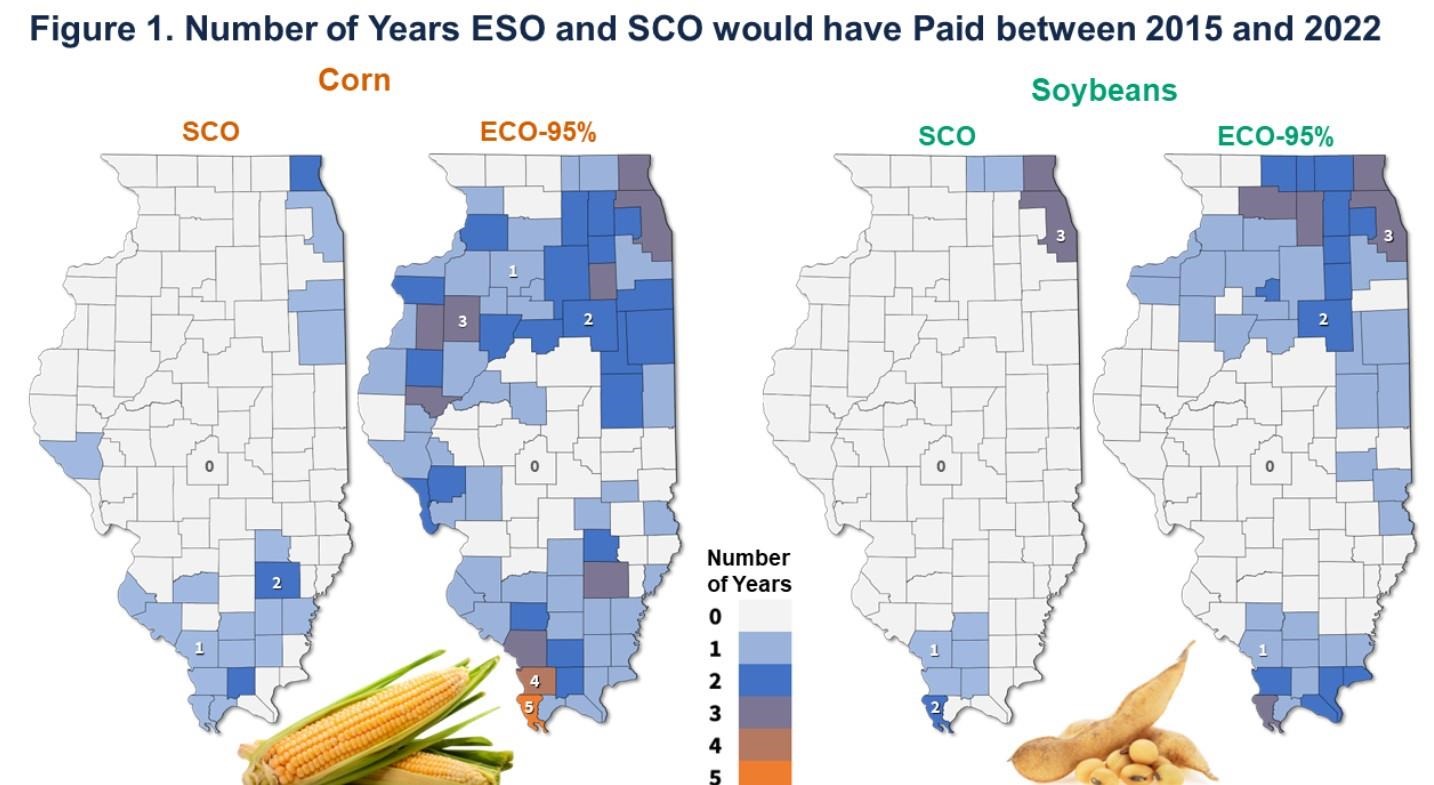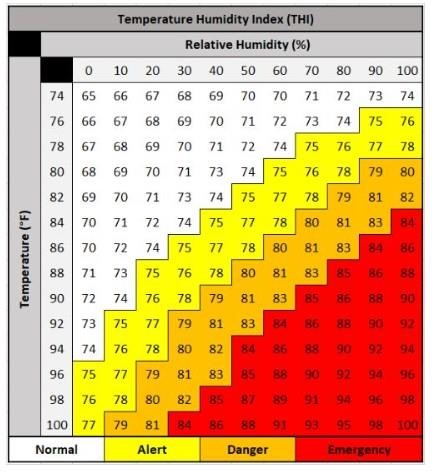U.S. beef exports remained on a red-hot pace in June, topping $1 billion for the fifth time this year (after twice hitting $1 billion in 2021), according to data released by USDA and compiled by the U.S. Meat Export Federation (USMEF). Exports of U.S. pork remained below last year’s large totals in June, while lamb exports continued to trend higher.
June beef exports totaled 130,638 metric tons (mt), down slightly from the record volume posted in May but up 16% year-over-year and the fourth largest on record. Export value was $1.05 billion in June, also down slightly from the May record but 31% above last year. For the first half of 2022, beef exports increased 6% from a year ago to 743,904 mt, valued at $6.19 billion (up 33%).
“The first-half performance for U.S. beef exports was nothing short of remarkable, especially considering the growing economic headwinds in many key markets and continued shipping and logistical challenges,” said USMEF President and CEO Dan Halstrom. “The rebound in the global foodservice sector has provided a tremendous lift in 2022, even though it is still far from a full recovery in many Asian and European destinations. We definitely see opportunities for further growth, though inflationary pressure and the stronger U.S. dollar continue to raise concerns about consumer spending power.”
Pork exports reached 219,131 mt in June, down 8% from a year ago, valued at $649.9 million (down 7%). First-half exports were 18% below last year at 1.29 million mt, valued at $3.62 billion (down 16%).
“The decline in first-half pork exports was not unexpected, given the recovery in China’s domestic production and its reduced need for imports,” Halstrom said. “The good news is China’s hog price is up about 40% since mid-June and we are seeing some rebound in China’s demand for pork variety meat. Meanwhile pork shipments to Mexico remain on a record-shattering pace and demand has also strengthened in recent months in markets such as Korea, Colombia and the Caribbean. In these key destinations, the gains U.S. pork has made in the processing and retail sectors are being complemented by stronger sales in foodservice.”
Broad-based growth fuels torrid first-half pace for beef export volume and value
Japan was the leading volume market for U.S. beef exports in June, with exports increasing 12% to 27,891 mt. Export value was up 15% to $211.7 million. First-half exports to Japan were steady with last year in volume at 155,513 mt but jumped 20% in value to $1.25 billion. This included 28,045 mt of beef variety meat – mainly tongues and skirts – which was up just 1% from a year ago but export value soared 41% to $287.4 million.
June exports to South Korea jumped 22% from a year ago to 24,820 mt, while value increased 36% to $230.1 million. First-half exports to Korea were 6% ahead of last year’s record pace in volume (150,493), while value soared 40% to $1.52 billion. To combat inflation, Korea recently opened a 100,000 mt duty-free quota for imported beef, which is available to all eligible suppliers through the end of the year. The U.S. is the largest supplier of beef to Korea and while the quota will reduce U.S. beef’s tariff rate advantage over major competitors, it is a positive development in that it will help offset the impact of Korea’s weakened currency and bolster the relative affordability of U.S. beef.
COVID lockdowns extended into early June in some of China’s largest cities, but June beef exports to China/Hong Kong still climbed 37% from a year ago to 25,270 mt. Export value soared 50% to $240.7 million, making China/Hong Kong the largest value destination for U.S. beef in June. First-half exports to the region were 27% ahead of last year’s record pace in volume (135,821 mt) and 44% higher in value at $1.25 billion.
Other January-June results for U.S. beef exports include:
- Despite a slight volume decline in June, first-half beef exports to Taiwan totaled 37,243 mt, up 27% from a year ago. Value climbed to $444.2 million – 59% ahead of last year’s record pace. The U.S. is the dominant supplier of chilled beef to Taiwan, capturing 76% market share.
- First-half beef exports to the ASEAN region climbed 10% to 31,581 mt, while value soared 66% to $233.5 million. Exports to the Philippines increased 26% to 10,928 mt and climbed 92% in value to $79.1 million. Exports to Indonesia, where foot-and-mouth disease has recently impacted domestic production, dipped slightly in volume (10,621 mt, down 3%) but value still increased 56% to $75.3 million. Exports to Vietnam increased in both volume (4,627 mt, up 7%) and value ($39.3 million, up 48%).
- In the Caribbean, a rebound in tourism and strong retail demand pushed first-half beef exports to 13,993 mt, up 35% from a year ago, while value climbed 82% to $120.1 million. Export value more than doubled to the Dominican Republic ($48.3 million, up 115%) and Jamaica ($12.8 million, up 166%), while also increasing sharply to the Bahamas ($14.9 million, up 58%).
- Hard-hit by a prolonged, COVID-related slowdown in the foodservice sector, Europe’s demand for U.S. beef is finally rebounding. First-half exports to Europe reached 10,040 mt, up 89% from last year’s low totals, while value climbed 110% to $131.8 million. In the April-June quarter, imports under the U.S. share of the European Union’s duty-free High Quality Beef Quota were the largest since the pre-COVID total posted in early 2020. Through July, EU imports of U.S. beef under the quota totaled 7,540 mt, up about 35% from the same period last year.
- Strong variety meat demand in Egypt and larger muscle cut shipments to the United Arab Emirates, Kuwait and Qatar pushed first-half beef exports to the Middle East 12% higher than a year ago to 36,289 mt, valued at $160.5 million (up 56%).
- June beef export value averaged $447.45 per head of fed slaughter, up 27% from a year ago. Through June, per-head value averaged $476.98, up 33% from the first half of 2021. Exports accounted for 15.5% of total June beef production and 13.3% for muscle cuts, up significantly from 13.6% and 11.5%, respectively, in June 2021. First-half exports accounted for 15.4% of total production and 13.2% for muscle cuts, up from 14.7% and 12.5%, respectively.
Pork exports lower overall, but surging to Mexico, Colombia and DR
Pork exports to leading market Mexico remained on a record pace in June, up 3% from a year ago to 72,361 mt, while value climbed 11% to $166.4 million. This pushed first-half exports to Mexico to 469,295 mt, up 18% from a year ago, valued at $881.5 million (up 12%).
After starting the year slowly, Colombia’s demand for U.S. pork surged in the second quarter. June exports totaled 11,120 mt, up 90% from a year ago and the largest of 2022. First-half exports to Colombia were 10% above last year in volume (51,813 mt) and value was on a record pace at $119.5 million (also up 10%). While a large percentage of the U.S. pork exported to Colombia is used for further processing, the U.S. industry has made significant gains in Colombia’s retail and foodservice sectors.


While June pork exports to the Dominican Republic cooled from the very large totals posted in April and May, shipments still more than doubled from year ago in both volume (7,235 mt, up 118%) and value ($19.7 million, up 116%). First-half exports to the DR increased 49% to 43,345 mt, with value climbing 52% to $108.3 million. With shipments also trending higher to the Bahamas and the Leeward-Winward Islands, first-half exports to the Caribbean increased 40% in volume (51,748 mt) and 45% in value ($137.7 million).
Other January-June results for U.S. pork exports include:
- Pork exports to South Korea totaled 16,469 mt in June, up 10% from a year ago, while export value increased 8% to $57.8 million. While first-half volume to Korea was down 4% to 92,457, export value still climbed 8% to $325.3 million. Korea’s imports of chilled U.S. pork followed a similar trend – down 6% in volume (4,316 mt) but climbing 11% in value to $30.9 million. Similar to beef, the Korean government also recently implemented a duty-free quota for imported pork. Because imports from the U.S., European Union and Chile already enter Korea at zero duty under free trade agreements, the main beneficiaries are expected to be Canadian, Mexican and Brazilian pork. Canada is the United States’ primary competitor in Korea’s chilled pork market.
- While still below last year’s volumes, pork variety meat exports to China gained momentum for the second consecutive month in June. Exports reached 26,407 mt, the largest since September, valued at $66.2 million. Through June, pork variety meat exports to China were still down 20% from a year ago to 133,834 mt, with value falling 9% to $370.3 million, as China’s COVID-related inspections and restrictions on imported products hurt demand. However, the uptick in May and June suggests that Chinese importers are once again able to profitably utilize imported pork variety meat. For pork and pork variety meat, total first-half exports to the China/Hong Kong region were 222,784 mt, down 53% from a year ago, while value fell 46% to $595.1 million.
- First-half pork exports to Japan were 9% below last year at 158,239 mt, valued at $667.3 million (down 8%). Some Japanese buyers have shifted to large imports of frozen European pork, benefiting from the EU’s currency advantage and broad availability as China’s demand for EU pork declined. Logistical challenges have also negatively impacted U.S. exports to Japan, with the Port of Oakland handling the majority of shipments. But Japan’s first-half imports of chilled U.S. pork in were down just 1.6% year-over-year, totaling 104,204 mt valued at $480 million.
- After soaring last year, pork exports to Central America slowed in the first half, trailing last year’s record pace by 12% in volume (59,729 mt) and 9% in value ($160.3 million). However, when compared to the first half of 2019 and 2020, exports were up 33%.
- Following a down year in 2021 and a slow start this year, pork exports to Australia are showing signs of a rebound, with June exports totaling 4,190 mt valued at $15 million. While still lower year-over-year, this was the second consecutive month in which exports to Australia seemed to regain momentum. Prior to recent increases in shipping costs and other transportation obstacles, as well as an influx of inexpensive European pork, Australia was a leading destination for boneless U.S. hams and loins used for further processing.
- June pork export value equated to $61.87 per head slaughtered, down 5% from a year ago. The first-half average was $58.14 per head, down 12%. Exports accounted for 27% of total June pork production and 23.6% for muscle cuts, down from 29.4% and 25.5%, respectively, a year ago. For January through June, exports accounted for 26.4% of total pork production and 23.5% for muscle cuts, each down about four percentage points from the high ratios posted in the first half of 2021.
Click here to see more...